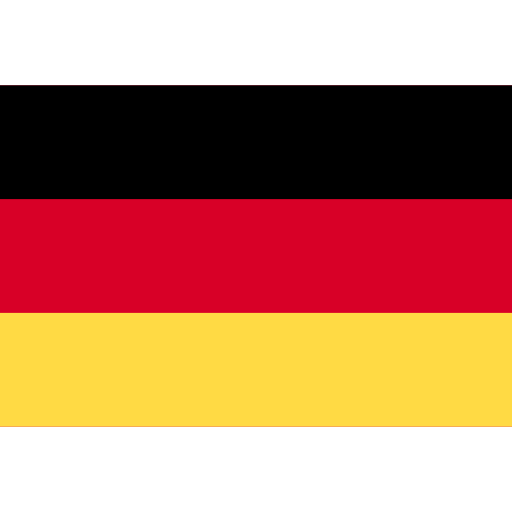Blockchain and the distributed ledger technology (DLT) behind it have huge potential to transform the administrative processes that eat up time and cause so much anxiety in international trade and shipping.

Name: Jacco de Jong
Company: Bolero International
Position: Global Head of Sales
Distributed Ledger Technology Amongst Corporates
The ledger can be open to public scrutiny or closed (requiring permission) and its hash technology promises great security. It should allow for the faster and safer transfer of authenticated trade documents, reducing opportunities for fraud.
This is why blockchain is now rightly regarded as having great potential among corporates, carriers and freight forwarders who can see it will help eliminate painfully slow, error and fraud-prone paper-based processes that remain in widespread use.
Yet while many very promising blockchain-based solutions have emerged, there are a number of hurdles that still need to be overcome in terms of infrastructure, tapping into existing networks, standardisation, acceptance and legal enforceability. It is important these are addressed before we see a viable, standalone blockchain trade documentation platform on which all parties feel comfortable transferring a bill of lading.

Think of the hybrid car
A good comparison would be with the electric car. We all know that the super-efficient, low-emission electric car is the future of the automotive industry, but even today the number of such vehicles on our roads remains relatively small. This is due to a variety of reasons including lack of charging points, the time they take to charge and the range the battery provides.
What has happened, however, is that tried-and-tested internal combustion technologies have been improved and combined with more efficient batteries to create hybrid vehicles that achieve hugely greater MPG and reduce emissions without requiring a vast new infrastructure.
Similarly, we know that blockchain technology will have a major role to play in the exchange of trade documentation, yet we could be waiting a while before organisations can reap the benefits.
As with the development of a hybrid vehicle, is there a hybrid trade documentation equivalent for blockchain where existing digitisation platforms, for example, can work together to provide a practical solution today?
The necessity for network-building
For starters, digitisation platforms, have a ready-made trading network already in place, connecting banks, corporates, carriers and other trading counterparties. These are rapidly expanding because of the established security and efficiency of their systems and their understanding of trade mechanisms.
Standardisation in digital trade documentation is also another area where blockchain will benefit. For a document as important and versatile as a bill of lading, standardisation offers huge advantages for everyone, supercharging interoperability of systems around the globe. But without critical mass, blockchain solutions are unlikely to make any headway on their own. They will need to link up with solution-providers who have achieved adoption and credibility among exporters, carriers and banks.
The advantages of using a legal framework
The use of ‘Smart contracts’ is a central part of blockchain transactions, but do they provide sufficient security on the legality and enforceability of those transactions? While smart contracts can be used to effect and record the performance of contractual undertakings on the blockchain, they are of limited value when it comes to the formation of those contracts which require some form of master agreement that participants agree to abide by. Without clear legal infrastructure, achieving adoption is likely to be extremely difficult. How can legal disputes be resolved, or counterparties have any confidence in transactions? Being able to interoperate with an existing digital trade ecosystem for example, however, eliminates this obstacle when the solution is based on an internationally accepted legal framework underpinned by the jurisprudence of, for example, English law.
There is a wider point here, which is that for digitisation to be successful, it must not just match, but look to radically improve day-to-day working processes in international trade. This is not easy when there are multiple parties using multiple documents in different time zones and jurisdictions. A real understanding of how international trade works and the trusted and legal execution of transactions is required before a solution can be designed and implemented which operates to everybody’s advantage.
Technological innovation on its own will not be enough, which is why we need the best of both worlds – the practical benefits of today’s digitisation platforms that are tried-and-tested and built on real-world trade processes – and the advanced efficiencies and security that blockchain will deliver.
The hybrid combination of trusted B2B networks and DLT
If we combine established and trusted digitisation solutions with distributed ledger technology, we can access the efficiency and security benefits right across the supply chain already today
It is the kind of interoperability that provides immediate gains at a time when corporates need to respond rapidly to new opportunities and challenges. Right across the whole range of trade documentation, hybrid solutions already slash from days to hours the time it takes to complete presentation, financing and payment, boosting working capital, efficiency and productivity for all parties.
So while companies wait for blockchain-based solutions to achieve global acceptance, a hybrid approach will deliver benefits now, delivering safer, smarter and faster digitisation immediately.
Bolero was in the Tradetech 40. Read the full interview here:
























